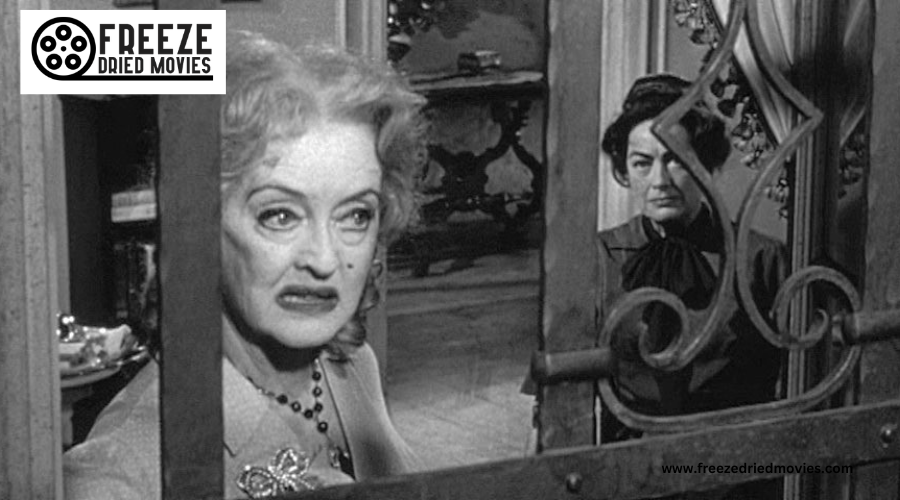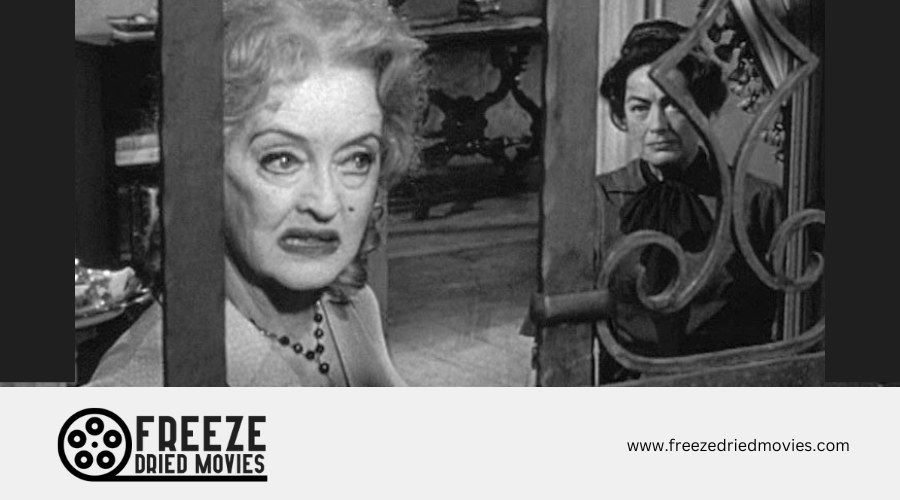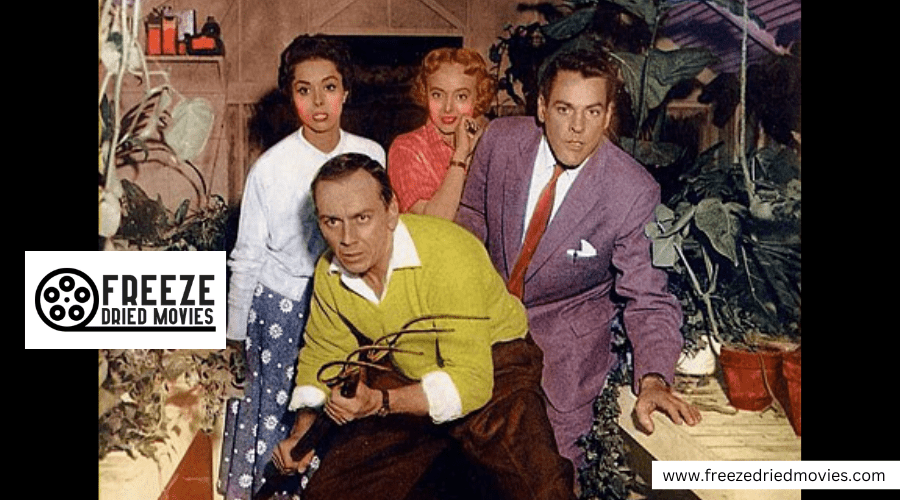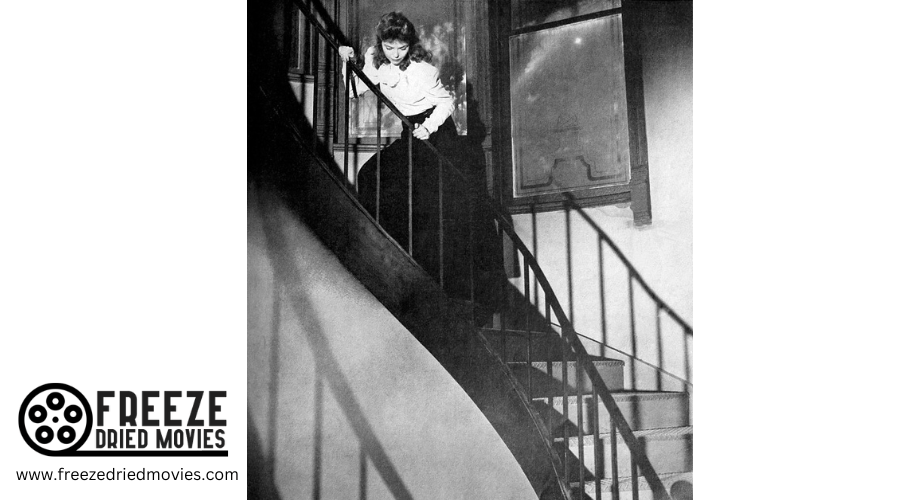Vincent Price in the 1960s: The Undisputed King of Horror

In the 1960s, you'll find Vincent Price at the peak of his horror career, dominating the genre with iconic roles in films like "The Fall of the House of Usher" and "The Raven." He's perfected the delicate balance between terror and wit, bringing a sophisticated edge to his performances that set him apart from his contemporaries. As the "Undisputed King of Horror," Price's influence extends far beyond his chilling portrayals, weaving a legacy that continues to enthrall audiences and inspire filmmakers.
The Rise of a Horror Icon: Price's AIP Years
Vincent Price burst onto the horror scene in the 1960s through his legendary partnership with American International Pictures (AIP). You'll find his commanding presence in groundbreaking films like House of Usher and Tales of Terror, which helped him dethrone Hammer Studios as the leading force in Gothic horror.
During this pivotal decade, he didn't just star in horror films - he defined them.
Much like Boris Karloff's subtle approach in earlier decades, Price brought nuanced layers to his horror performances.
Price's versatility shone through as he expertly balanced genuine scares with playful self-parody. While his serious performances in AIP's Edgar Allan Poe adaptations drew audiences to theaters in droves, he wasn't afraid to poke fun at his own frightening reputation.
This willingness to embrace both the terrifying and the theatrical aspects of his screen persona cemented his status as horror's reigning sovereign.
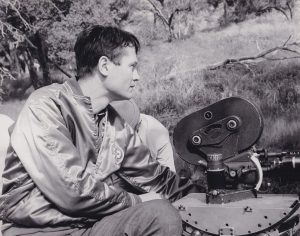
Masters of the Macabre: Price and Roger Corman's Collaboration
Behind Price's meteoric rise at AIP stood visionary director Roger Corman, whose partnership with the horror icon would reshape American Gothic cinema. You'll find their most influential work in adaptations of Edgar Allan Poe's stories, beginning with House of Usher and continuing through a string of successful collaborations that defined 1960s horror.
Much like RKO's early successes, their productions masterfully employed low-key lighting techniques to create haunting atmospheres on modest budgets.
Corman's low-budget yet imaginative direction gave Price the perfect platform to develop his signature brooding characters, while their creative interplay produced unforgettable gothic atmospheres. When they shifted to British productions with Masque of the Red Death in 1964, you could see their partnership evolving into new territory. Together, they'd crafted a unique brand of atmospheric horror that showcased Price's theatrical intensity and Corman's artistic vision, forever transforming the realm of American horror cinema.
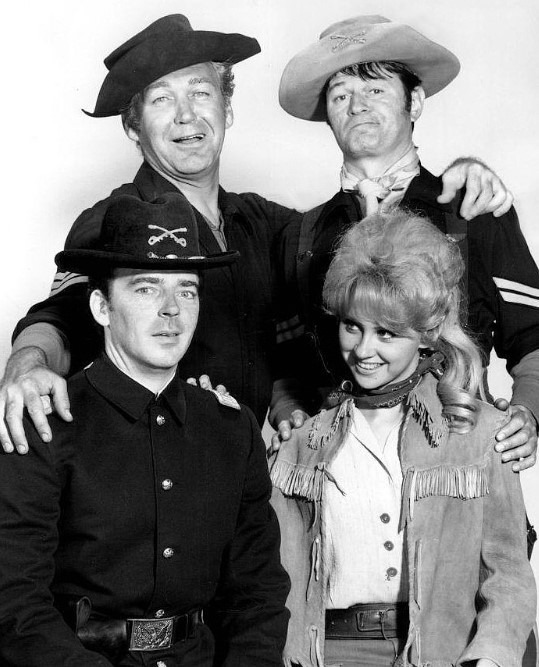
Beyond the Screen: Price's Television Empire
Throughout the 1960s, Price's magnetic presence extended well beyond the silver screen as he built a formidable television empire. You'd find him delivering memorable performances on hit shows like Get Smart, F Troop, and The Man from U.N.C.L.E., where he expertly showcased his often-overlooked comedic talents.
His portrayal of Egghead, the brilliant criminal overlord in Batman, captivated a fresh generation of viewers who mightn't have been familiar with his horror films. Price's wit and charm made him a natural fit as a regular panelist on Hollywood Squares, where he'd frequently poke fun at his own horror movie persona. This strategic move into television helped him adapt to the era's shifting entertainment setting, proving he wasn't just the king of horror - he was a true entertainment renaissance man. His mastery of both drama and comedy would later influence groundbreaking shows like Moonlighting on ABC, which successfully merged these genres in 1985.

The British Gothic Connection: Price's London Love Affair
By the mid-1960s, Price branched out into British gothic horror, sparking a twenty-year romance with London's film scene. You'll notice how he seamlessly transitioned from his Edgar Allan Poe-inspired American roles to embrace the unique flavor of British horror, with films like "Masque of the Red Death" showcasing his legendary versatility.
While exploring this new creative territory, Price didn't abandon his American gothic roots - instead, he enhanced them. His role in the controversial "Witchfinder General" proved he could still captivate audiences while pushing artistic boundaries. Even though these British performances mightn't have reached the heights of his earlier Poe adaptations, they demonstrated Price's extraordinary ability to evolve with changing times while maintaining his crown as horror's reigning monarch.
From Poe to Shakespeare: Price's Literary Horror Legacy
Vincent Price's cinematic conquest of 1960s horror reached its creative peak through his adept interpretations of literary classics. You'll find his most celebrated work in Roger Corman's Edgar Allan Poe adaptations, where he brought Gothic terror to vivid life for American International Pictures. His portrayal of Prince Prospero in "Masque of the Red Death" stands as a chilling exemplar of his commanding screen presence.
Price didn't limit himself to Poe's dark universe, though. He'd later tackle Shakespeare's works in "Theatre of Blood," where he masterfully combined murderous revenge with black humor. His versatility shone through in "The Comedy of Terrors," proving he could seamlessly blend horror with wit alongside fellow genre titans Peter Lorre and Boris Karloff. These literary adaptations secured Price's position as America's premier Gothic horror icon.
Price's Signature Roles and Character Evolution
During the 1960s, Price's signature roles evolved from straightforward horror villains into more sophisticated, morally complex characters. You'll notice this transformation from his early portrayal of Roderick Usher to his later performances that skillfully blended dark humor with vengeance.
As you watch his career unfold, you'll see how Price expertly maneuvered between American and British gothic horror, bringing his unique mix of sophistication and menace to each role. His ability to adapt to changing audience tastes kept him relevant throughout the decade. Whether he was terrorizing victims in a wax museum or delivering Shakespearean monologues while executing elaborate revenge plots, Price's performances became increasingly nuanced. This versatility allowed him to maintain his crown as horror's reigning king while other stars of the genre faded into obscurity.
The Art of Horror: Price's Cultural Impact
While audiences knew him best for his chilling performances on screen, Price's cultural impact extended far beyond the horror genre through his pioneering work in the art world. By partnering with Sears to launch his revolutionary art collection, he transformed the way Americans experienced fine art, making it accessible to everyday households across the nation. You'll find that his vision wasn't just about selling art - it was about democratizing culture itself.
Through his extensive travels, you could see Price's genuine passion for art as he amassed thousands of pieces, sharing his knowledge and enthusiasm with fans. The Vincent Price Collection of Fine Art revealed a different side of the horror icon, proving that his talents and influence weren't limited to frightening audiences but extended to cultivating their cultural lives.
Balancing Horror and Humor: Price's Versatile Performances
Throughout the 1960s, few actors could match Price's extraordinary ability to dance between genuine horror and delicious dark comedy. You'll find this versatility on full display in films like Theatre of Blood, where he brilliantly portrays a vengeful actor dispatching critics through Shakespearean methods, blending the macabre with wickedly clever humor.
When you watch Comedy of Terrors, you'll see Price at his most playful, trading quips with horror legends Peter Lorre and Boris Karloff while maintaining his signature sinister edge. His command of both horror and humor allowed him to excel in roles that demanded sophistication, like the aristocratic Prince Prospero, while also shining in AIP's horror spoofs. Whether he's terrifying you as Dr. Phibes or making you laugh, Price's expertise in this delicate balance remains unmatched.

